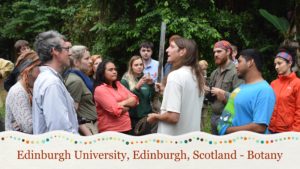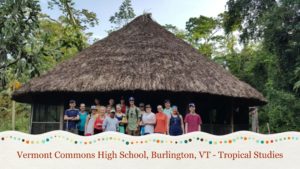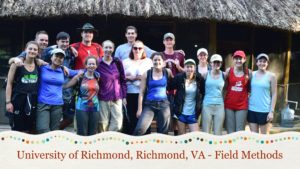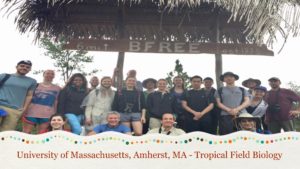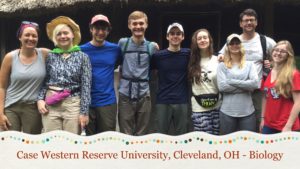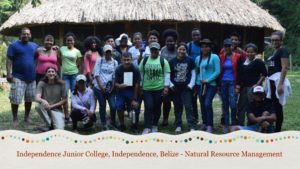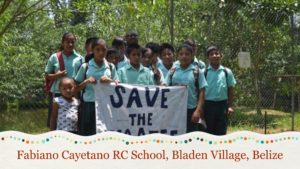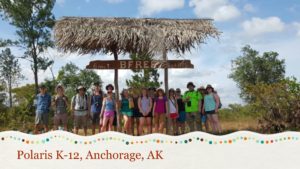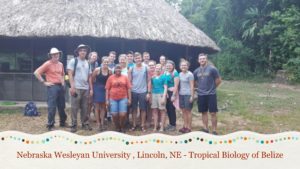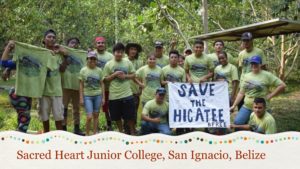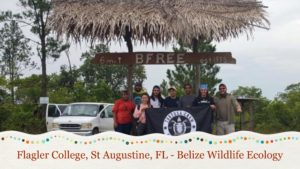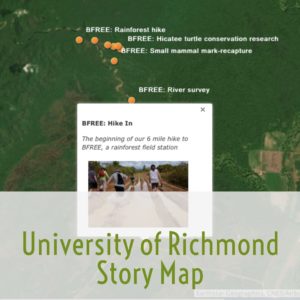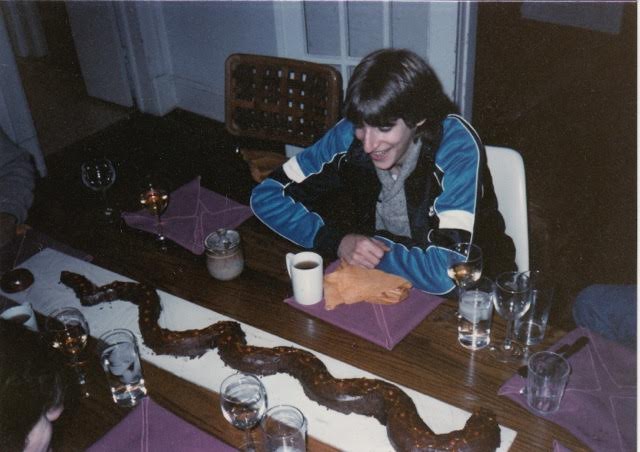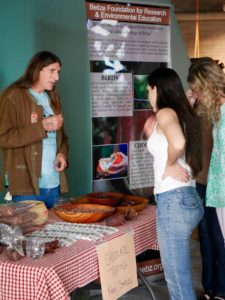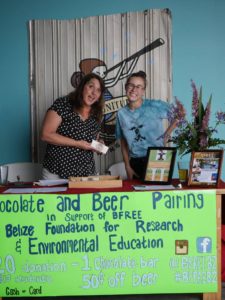Monkey River Watershed Association Annual Press Meeting
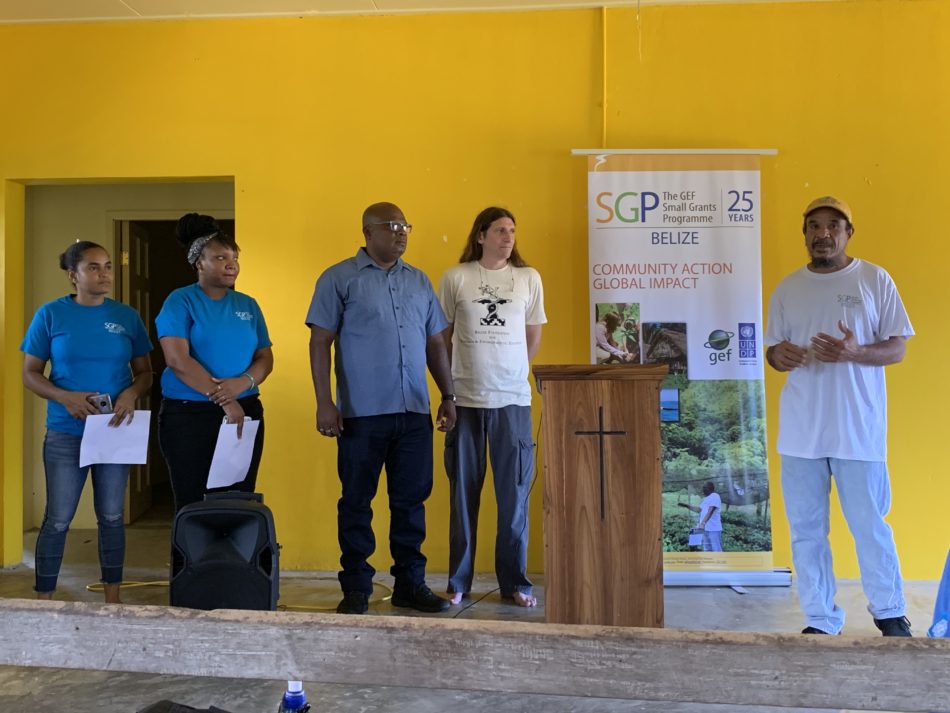
On Friday, February 1, the Monkey River Watershed Association hosted a community meeting in Monkey River Village. The purpose was to present the working document ‘A Road Map for the Restoration of the Monkey River, Its Watershed and Its Shore,” to community members and the funding agency, the United Nations Development Programme/ Small Grants Programme. Residents within the watershed have seen dramatic degradation of the river over their lifetimes. As a result, in 2016, the Monkey River Watershed Association (MRWA) was formed with the intention of saving the river and those communities that rely on the river’s health. This road map was created to help communicate the issues and guide the decisions of MRWA and its partners. The document describes the most likely causes of the river degradation and erosion problems and outlines a long-term vision for the restoration of the river and its watershed for the benefit of all of its users and downstream ecosystems. The road map was produced by: The Monkey River Water Association Board of Directors, Dr. Peter Esselman, and Nilcia Xi. Additional support was provided by BFREE, the United Nations Development Programme (UNDP), Protected Areas Conservation Trust (PACT), Fyffes Inc., Belize Hydrology Department, Toledo Institute for Development of Environment, Southern Environmental Association, and Ya’axche Conservation Trust. Monkey River Watershed Board of Directors include: Mario Muschamp, President; Jacob Marlin, Chairman; Ornella Cadle, Secretary; Elroy Foreman, Board Member; and Audra Castellanos, Treasurer.

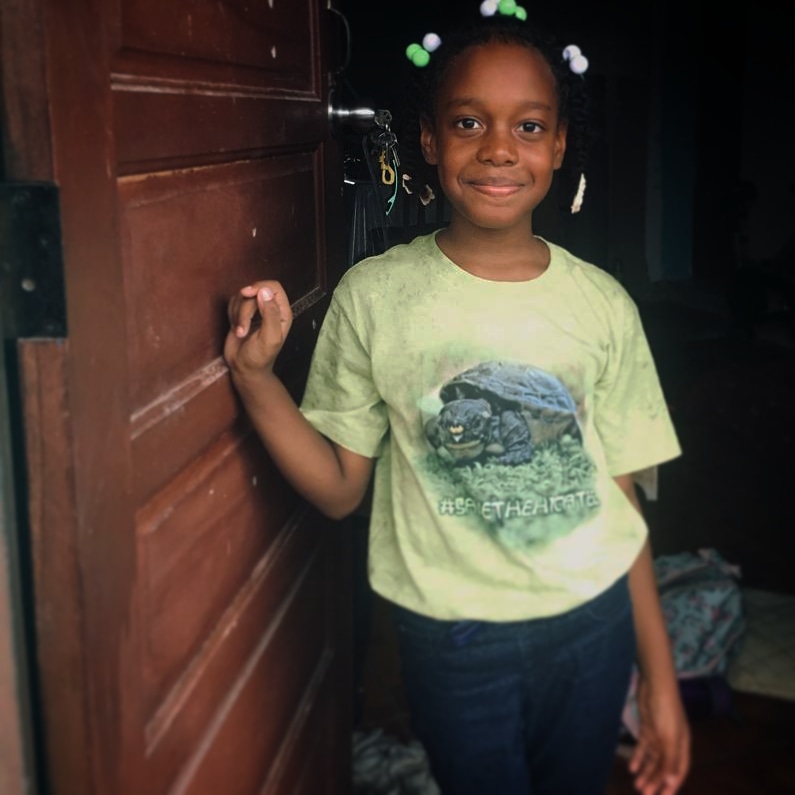
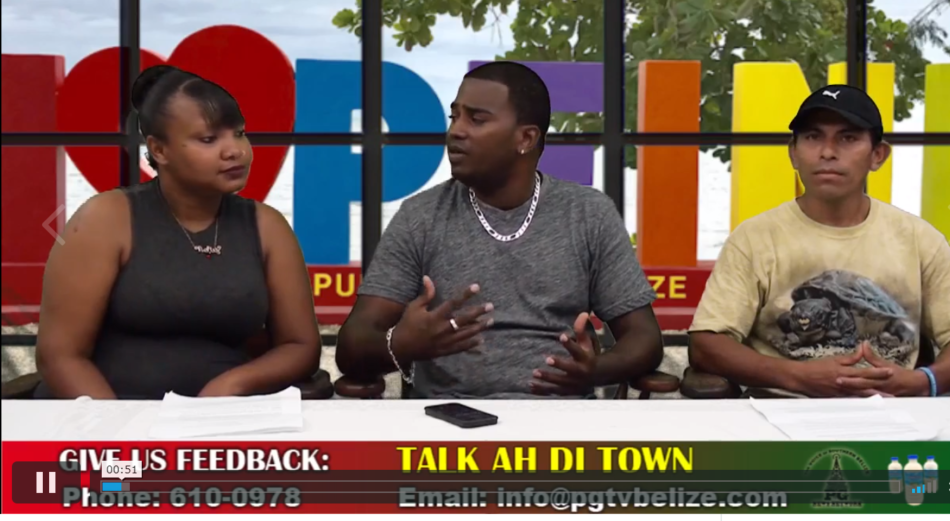


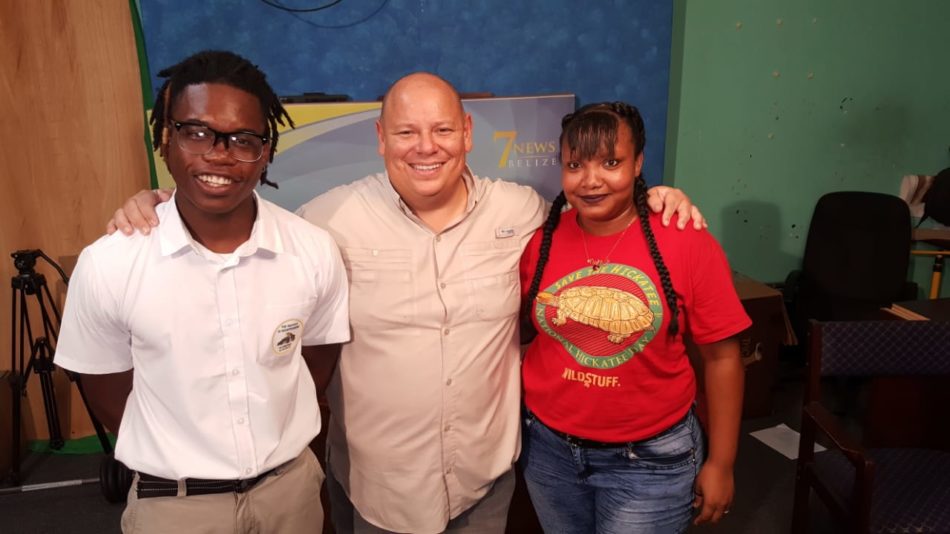
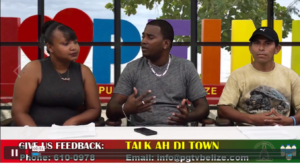
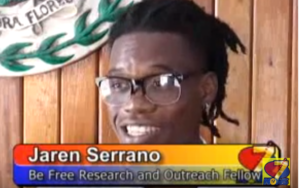
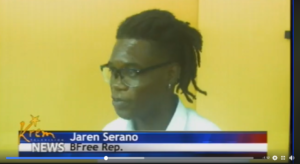
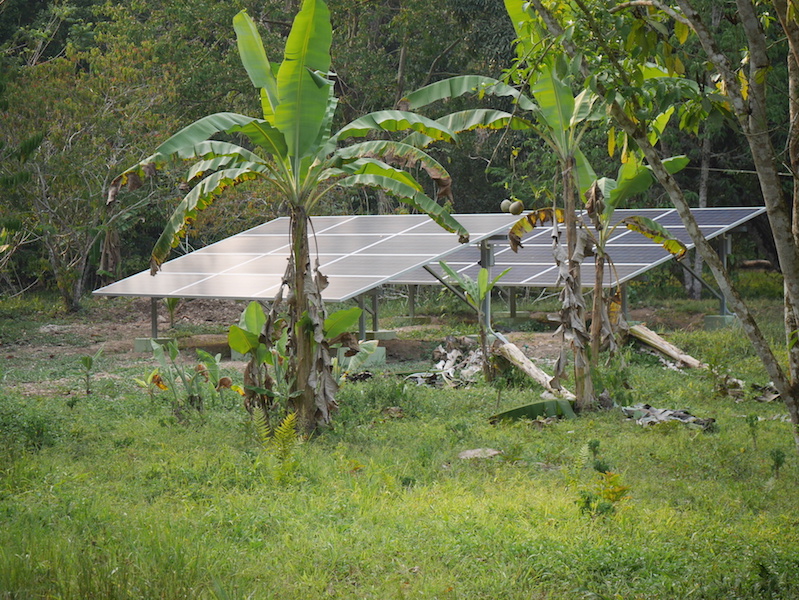
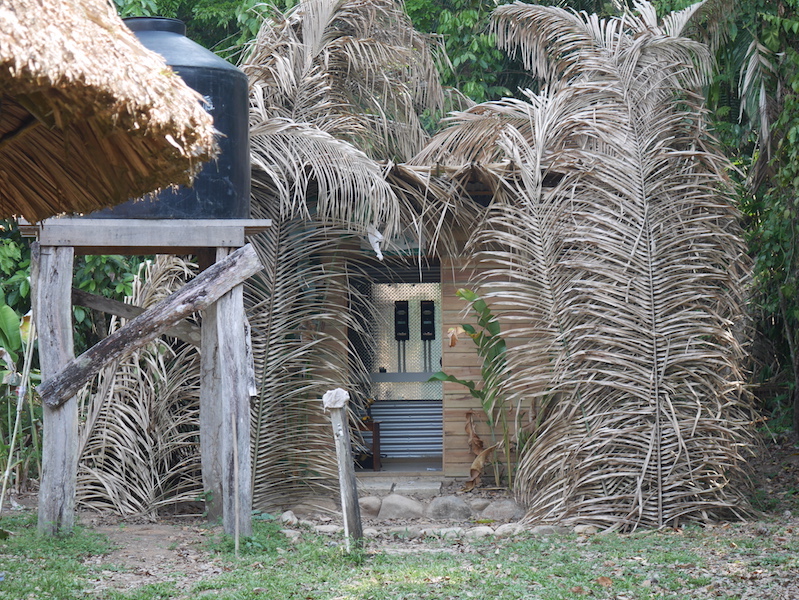
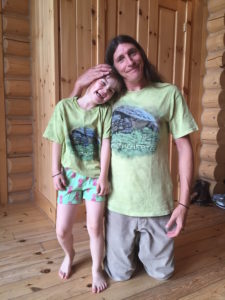 Lauren is BFREE Executive Director, Jacob Marlin’s niece. Last year, Lauren first learned of BFREE’s work to save the critically endangered hicatee turtle. She immediately became a passionate advocate on their behalf, donating all of the change in her piggy bank.
Lauren is BFREE Executive Director, Jacob Marlin’s niece. Last year, Lauren first learned of BFREE’s work to save the critically endangered hicatee turtle. She immediately became a passionate advocate on their behalf, donating all of the change in her piggy bank.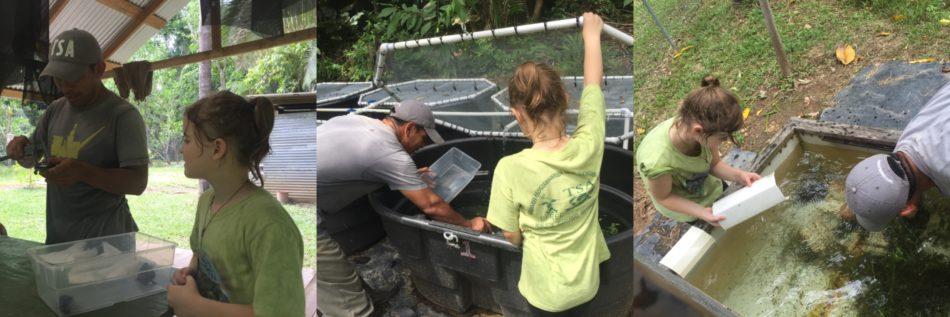
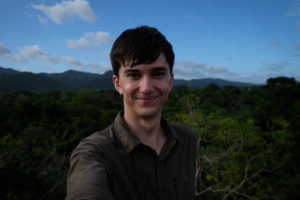 Parr McQueen, an undergraduate student at the University of Richmond traveled to Belize with BFREE earlier this year along with thirteen other classmates. The Field Course led by Dr. Amy Treonis and Dr. Kristine Grayson was focused on using experiential field methods to learn how scientists study the natural world.
Parr McQueen, an undergraduate student at the University of Richmond traveled to Belize with BFREE earlier this year along with thirteen other classmates. The Field Course led by Dr. Amy Treonis and Dr. Kristine Grayson was focused on using experiential field methods to learn how scientists study the natural world.